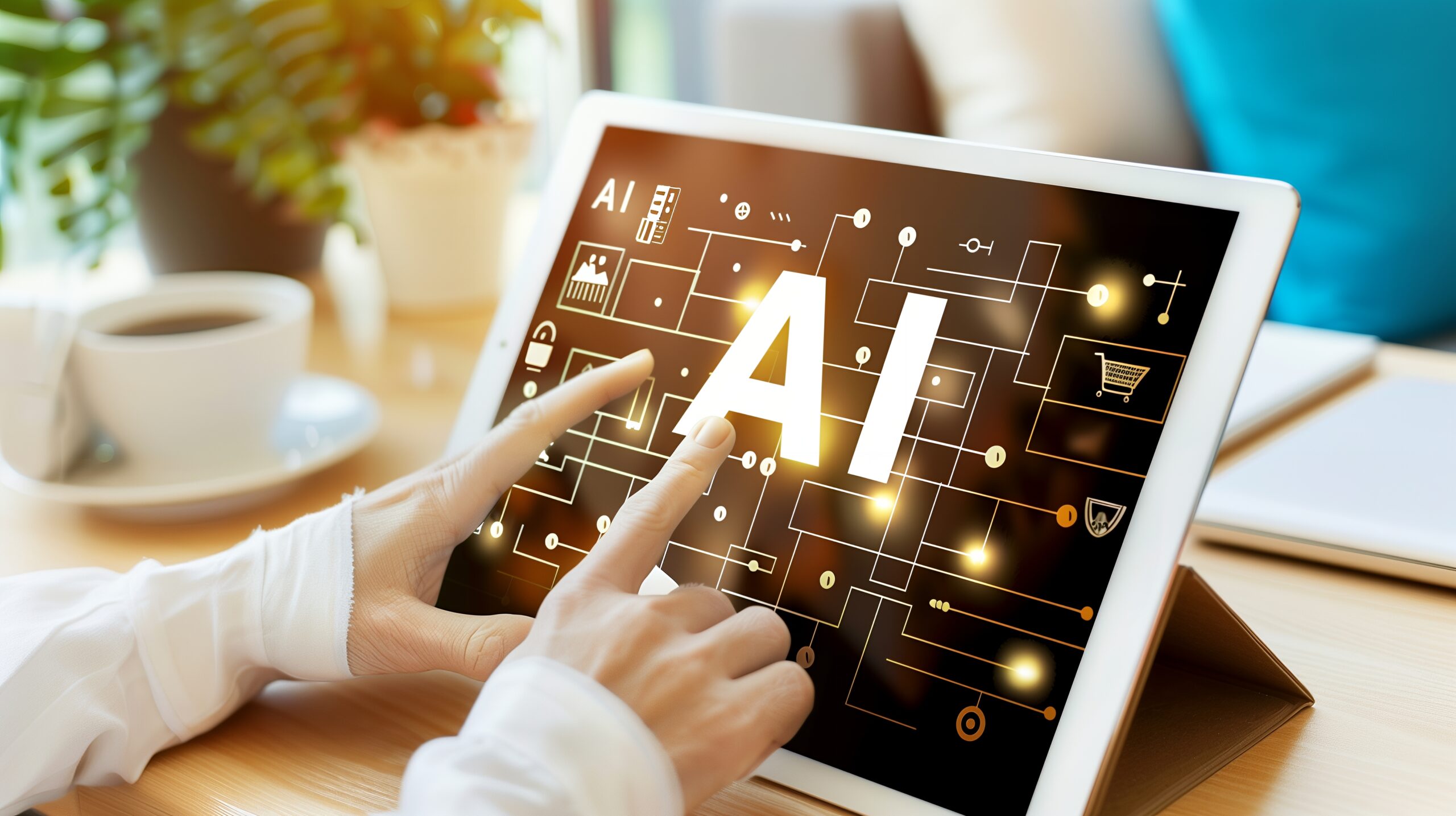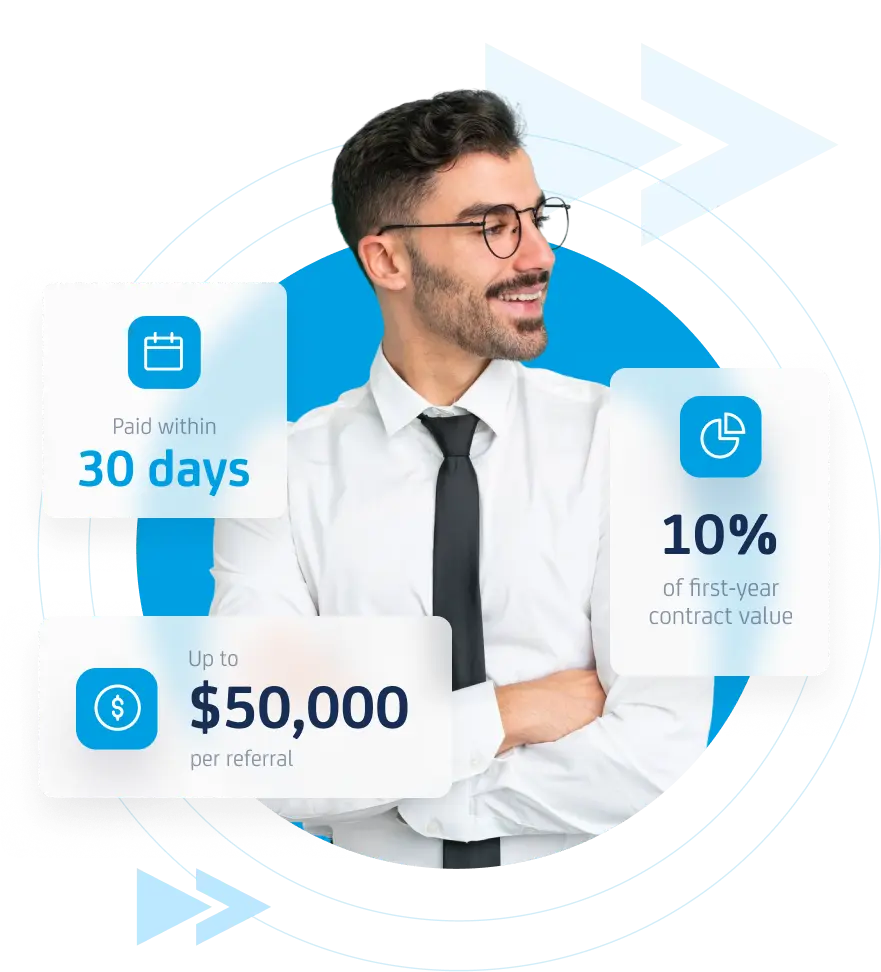
Enterprises today cannot afford to wait years to move off legacy software. The pace of digital competition demands continuous innovation, but outdated systems act as anchors, consuming up to 80% of IT budgets just for maintenance. These systems are bottlenecks for scaling, security, and deploying modern features.
Modernization—the process of transforming these legacy applications into flexible, cloud-native architectures—is a strategic necessity. However, the projects are complex, often involving millions of lines of proprietary code.The manual labor required for tasks like translating code, generating comprehensive test suites, and creating documentation is massive, resulting in project timelines that can stretch to three to five years.
This reality has changed. The mature application of Artificial Intelligence —specifically Generative AI and Machine Learning — is redefining what is possible.These tools tackle the most tedious, time-consuming parts of the migration process. By automating code translation, test generation, and documentation, AI-driven tools offer a tangible path to cut modernization timelines by 50% or more, moving the discussion from “if” we can modernize to “how fast” we can achieve it.
Table of Contents
The Modernization Bottleneck: Time and Cost
Software modernization projects are notoriously complex and time-consuming.They involve moving applications from aging legacy platforms to modern cloud-native architectures.The primary drivers for these projects are clear—security, scalability, and maintainability. Yet, many enterprises hesitate because of the projected timelines, often stretching for years, and the associated high costs.
The most tedious and labor-intensive phases are manual code translation, creating comprehensive test suites for legacy systems lacking coverage, and generating up-to-date documentation for decades-old codebases. These tasks drain expert resources and introduce significant human error, directly contributing to project delays.
However, the rapid maturity of Artificial Intelligence (AI) technologies—specifically Generative AI and Machine Learning (ML)—is fundamentally changing this equation.These tools are now capable of automating the most resource-intensive steps, offering a realistic path to drastically reduce the time and effort required for a successful migration.
Generative AI for Code Translation: The Speed Multiplier
Code translation, or “re-platforming,” is often the single biggest hurdle in a modernization initiative. Rewriting millions of lines of proprietary, mission-critical code is slow and error-prone. Historically, this required highly specialized, expensive engineers who understand both the legacy and target languages deeply.
Generative AI models are transforming this.Trained on a vast corpora of code and programming paradigms, these models can now analyze legacy source code, understand its underlying logic, and generate functionally equivalent code in a modern language.
- How it works: The AI doesn’t just perform a superficial word-for-word conversion; it comprehends the intent of the original code block and translates that intent into the idiomatic expressions of the target language. For example, it can translate a block of COBOL that interacts with a mainframe database into corresponding Java code using modern JDBC or JPA calls.
- The Gain: While the resulting code still requires human review, the initial, painstaking translation draft is produced in minutes or hours, not weeks or months. This is a massive time-saver. Research indicates that AI-assisted code translation can achieve a speed increase of 40% to 60% over purely manual efforts, depending on the complexity of the source code.
Machine Learning: Automating Test Case Generation
A core risk in any modernization project is introducing defects during migration. Successful migration demands proof that the new system behaves identically to the old system from a business logic perspective. But many legacy systems lack sufficient, up-to-date test coverage. Manually creating thousands of test cases from scratch is a formidable, tedious task.
This is where Machine Learning shines. ML-driven tools can analyze the behavior of the existing legacy application in production to automatically generate a high-quality test suite.
- Behavioral Analysis: ML algorithms monitor the production traffic, user interactions, and system responses of the legacy application. They identify common, critical, and edge-case execution paths.
- Automated Test Suite Creation: Based on this observed behavior, the tools automatically generate executable unit tests, integration tests, and end-to-end test cases in a modern testing framework (like JUnit or TestNG).
- The Gain: This process bypasses the slow, manual requirement-gathering and test-writing phases. It ensures the resulting test suite reflects actual production usage, not just theoretical business requirements. By having an automated way to verify the functional parity of the new code, the quality assurance (QA) timeline—a frequent project bottleneck—can be compressed significantly.
Accelerated Documentation: Taming the Legacy Beast
“The code is the documentation” is a phrase often muttered in frustration by engineers confronting legacy systems. Lack of clear, current documentation on business logic, component dependencies, and system architecture severely impedes modernization. Engineers spend countless hours simply trying to reverse-engineer functionality before they can rewrite it.
Generative AI and ML can accelerate this discovery phase.
- Code Summarization: Generative AI models can read large blocks of undocumented legacy code and generate natural language summaries of what the code does, the purpose of specific functions, and how different components interact.
- Dependency Mapping: ML-driven analysis tools can automatically create visual maps of the system’s architecture, showing interdependencies between modules and external services. This is invaluable for planning the migration approach.
- The Gain: Automated documentation significantly reduces the “time-to-understanding.” Instead of weeks of manual code tracing, engineers have immediate, system-generated insights. This allows the team to move directly to the modernization work, cutting down the project’s discovery phase, which can often consume 15-25% of the total timeline.
Case Study: Insurer Achieves 50% Efficiency Gain
A top 15 global insurance carrier undertook a massive modernization of its core transaction processing systems, which were housed on legacy applications and services.The project involved reverse-engineering complex, decades-old business logic before rewriting the applications.
The carrier leveraged a multi-agent Generative AI approach. The AI was used to:
- Reverse-Engineer Code: Quickly understand the technical specifications and business rules embedded in the legacy code.
- Generate Code: Automatically create large segments of the target modern code.
- Automate Testing: Generate test cases based on the discovered logic to ensure functional parity.
The result was an improvement in both code modernization efficiency and testing by more than 50 percent. The acceleration of coding tasks alone exceeded 50%. This not only slashed the overall project timeline but also drastically reduced the risk and cost associated with manual migration and human error.This success illustrates that focusing AI on the largest, most complex challenges delivers the greatest and most measurable reduction in project duration.
Conclusion
Cutting your software modernization timeline by 50% isn’t an overpromise; it’s a reality achievable through the strategic deployment of AI-driven tools. Generative AI accelerates code translation, and Machine Learning ensures functional fidelity through automated test case generation, while both dramatically improve documentation quality.
These technologies are mature, proven tools that transform modernization from a multi-year, high-risk endeavor into a predictable, accelerated path. For organizations like Adanto Software, the focus is now on integrating these AI capabilities seamlessly into the modernization workflow to achieve maximum efficiency and minimal disruption. Adopting this approach is essential for any enterprise serious about realizing the benefits of a modern software stack quickly and cost-effectively
Would you like to explore
Adanto Software’s




